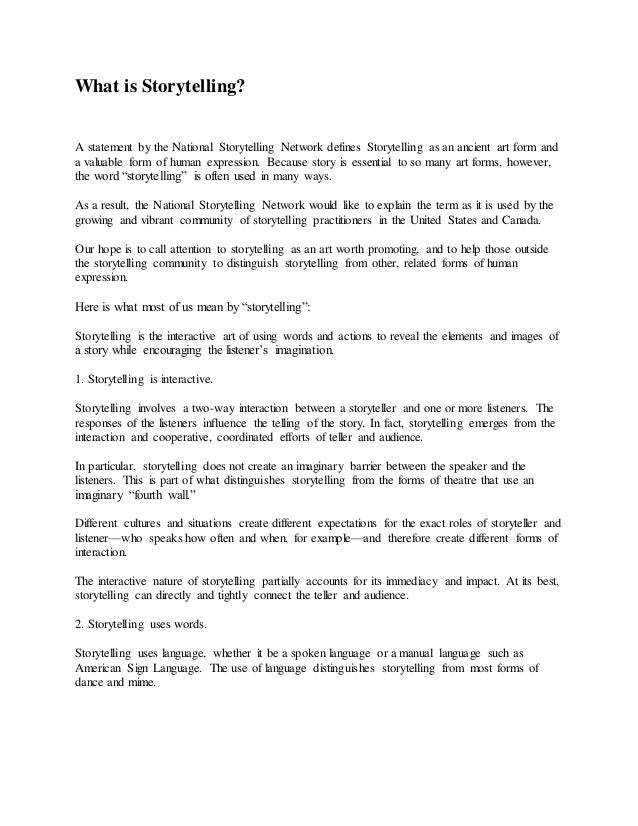

Her ability to craft strategic plans that align with clients’ goals is unparalleled. Her strategic mindset strikes the perfect balance between functionality and aesthetics, ensuring exceptional results every time.Īs an entrepreneurial powerhouse, Yaiza injects her unique vision into each project she undertakes.
Examples of sites with storyteling narrative how to#
With an impressive track record working alongside international clients, Yaiza knows exactly how to create immersive spaces that leave guests breathless.

As the mastermind behind Tanic Design, she’s revolutionizing the industry with her innovative approach and awe-inspiring designs. Introducing Yaiza Martinez, the go-to expert in strategy and hospitality interior design. It creates a pleasant visual and emotional experience for the employees and prospective clients. Similar to hotels and restaurants, the office design will convey a story that aligns with the brand image. The chronological setting guides the visitor through the story, creating a memorable experience that they will be excited to share with friends and acquaintances. The design should tell a story through the combination of visuals, smells, sounds, and sensing the proportion by moving through the area. The innovative concept of storytelling in interior design includes all senses for the ultimate user experience.

Innovation can also become the central point for storytelling, with unique concepts that stretch the limits. Some like to incorporate the cultural element in the design, displaying mesmerizing artwork for the customers to enjoy. Bio habitat buildings seamlessly blend into the surrounding, offering close relationships with nature. The history of the building can become an excellent starting point for the story. The hospitality projects should convey a compelling story to attract visitors, and there are many ways to do it. Advertisementsįor commercial spaces, creating a design narrative is different. Aged materials with clear signs of wear and tear are considered examples of the life changes we celebrate. The chips and cracks on a vase aren’t seen as a flaw but rather a detail that reveals a lot about the object’s past. The trending Japanese aesthetic embraces the beauty of imperfection. We can take Wabi-Sabi as a clear example of narrative in interior design. In addition, the space delivers an outstanding branded experience. The design supports decision-making and problem-solving, leading to enhances customer satisfaction. Designers are challenged to translate the brand culture into the interior while minding the other crucial aspects. On the other hand, storytelling in interior design for commercial spaces focuses more on attracting customers with uniqueness and providing an excellent experience that aligns with the brand image. The story can reflect people’s journey, passions, and aspirations. The design narrative for a home focuses on telling the story of the family that lives there. The designers bring the desired emotions, direct the traffic flow, or concentrate attention on carefully chosen objects. The intentional use of a curated combination of elements is meant to convey the desired story. When you walk into a space, you create a personal narrative based on the visuals. Storytelling is the strategy of communicating ideas and experiences, and its application in interior design is gaining immense popularity.


 0 kommentar(er)
0 kommentar(er)
